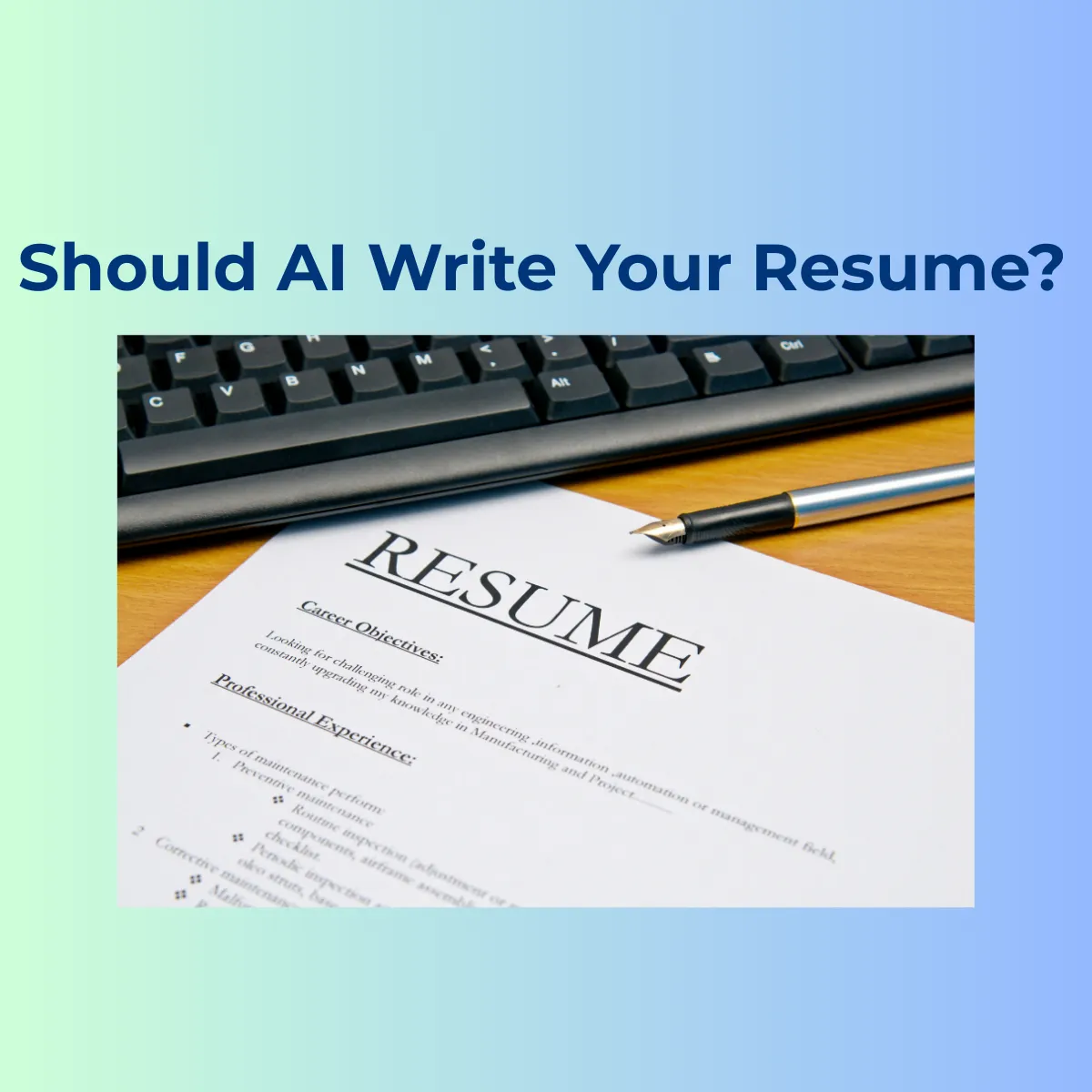
Should You Use AI to Create Your Resume?
I’ve helped write dozens of resumes over the past 20 years. While I don’t do it much anymore, the two I reworked this past year both led to multiple interviews almost immediately, and both candidates are now happily employed. So, I must have done something right.
AI can absolutely assist in improving your resume, but if you rely solely on one created by AI, a human hiring manager is likely to discard it quickly – along with your chance at an interview.
Many companies now use AI-powered applicant tracking systems (ATS) as the first screening layer. Because applicants know these systems scan for keywords and criteria, they think using AI to write their resume makes sense – reasoning that one AI tool will “speak the language” of another.
Here’s why that approach often fails:
Recruiters can spot AI-generated content – from overly polished phrasing to the generic tone that lacks a personal voice.
AI may fabricate qualifications or statistics to “improve” your resume. Never lie. It will come back to bite you.
Recruiters want to hear your voice when reviewing your experience – not a robot’s.
Sharing personal data with bots can also raise valid privacy concerns.
So, how can AI help without taking over?
Paste the job description into AI and ask for the top 15-20 keywords. Use them naturally in your resume to get past ATS. You can also ask AI to help you sprinkle these keywords into your descriptions, but be sure to give it the human touch, too.
If a required certification is listed in the job requirements, enroll and list it as “in progress.” Only include it in your resume once you are officially enrolled. Ask AI for suggestions on wording.
Focus bullet points on accomplishments, not tasks. Start with action verbs and quantify results wherever possible. Aim for about two-thirds of your bullets to include numbers. Put your bullets into AI and ask it to help you change from "task listing" to "accomplishments."
When you can’t find the perfect word, describe it to AI and let it suggest options.
Ask AI to draft your intro paragraph (“Objective” for recent grads, “Professional Summary” or “Profile” for experienced applicants). Provide your experience, values, goals, and career objectives, and edit the result into your voice.
Don’t copy and paste AI text directly. Type it in and adjust so it sounds like you.
In short: write your resume yourself or work with a professional who captures your voice. Use AI for polish and ideas, not as a substitute for you.
Now, go get that dream job!
I have created a free “List of Common Resume Mistakes to Avoid” that you can access on my website. (This post was already long enough, but the full version – with extra details – is there if you’d like more.) Access at https://lnkd.in/es6gJQcp.
What do you think? Have you tried using AI for a resume? What’s the worst mistake you’ve seen – or made yourself – on a resume?
Reach out to me at [email protected]. I would love to hear from you!
